#cotton cloth
Explore tagged Tumblr posts
Photo
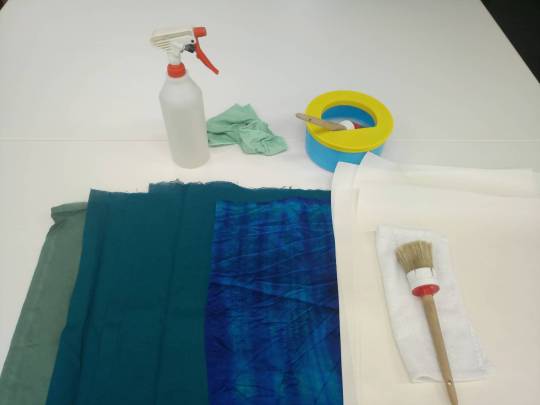
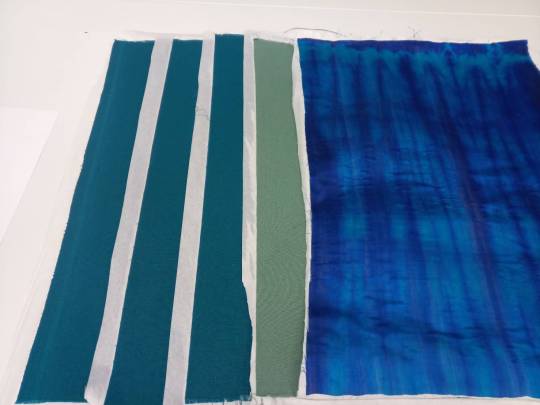
Making paper backed cloth for bookbinding
I tried my hand recently on making my own book cloth, not because I can’t get any, but because there are so many fun patterns and colours around. To be honest, I expect bought book cloth to be superior for all the ways it’s finished to be more resilient towards dirt and and such, but that doesn’t say self made cloth is bad at all! There are different ways to achieve a paper backing, I went for the backing with paper and starch paste because a) if I mess up I can always do it over no harm done, no material lost b) I have my doubts about the durabilty of heat activated glues and their durability c) using paste is just so much cheaper
So first up was cooking starch paste. I don’t have a ratio for that. I put a spoon of starch into a pot, add some water to get rid of any lumps and let it soak a few minutes (usually just long enough to get some water boiling), then I slowly pour over the boiling water while stirring the starch and at some point it turns from white to translucent and lumpy and I stop when there’s a certain thickness. When the paste has cooled it press it through a mesh and add some more water as needed. (It’s usually rather thick at that point.)
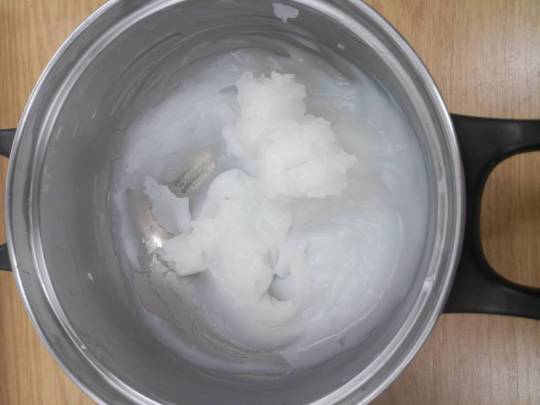
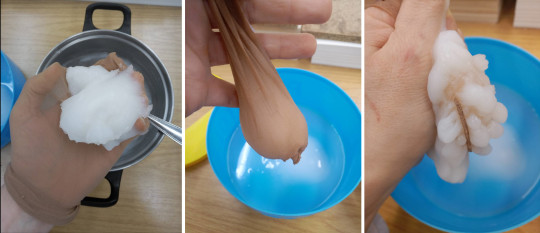
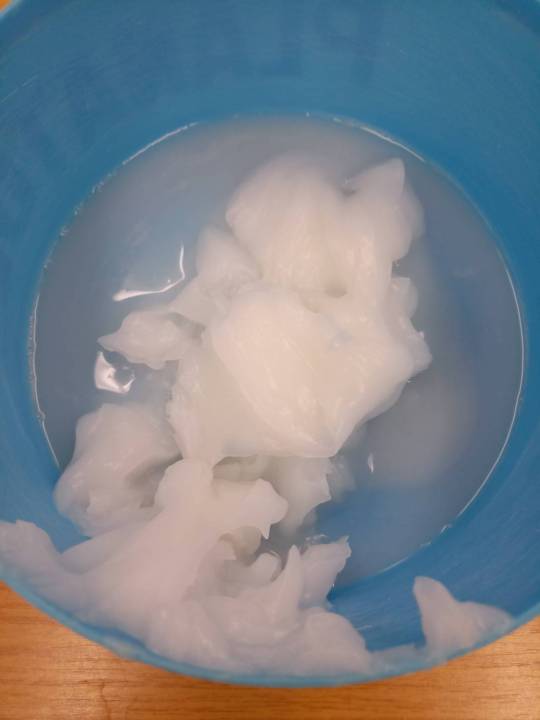
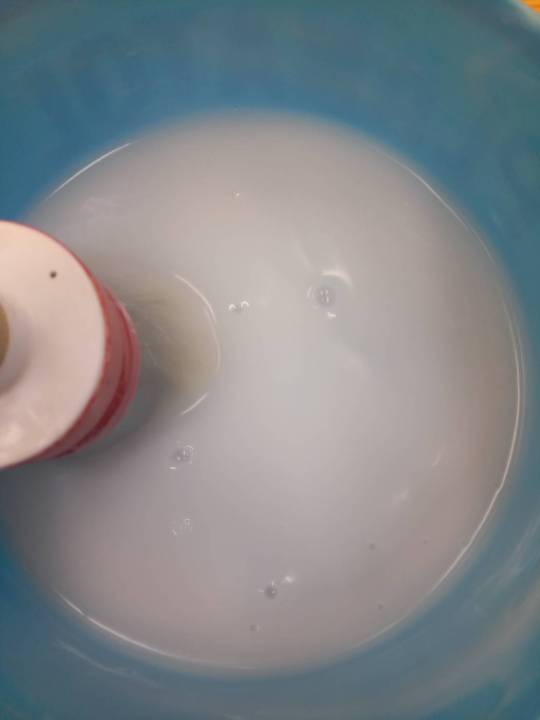
(and yes, my mesh is a nylon sock. I don’t own a fancy horeshair sieve and this stores much easier) Then I prepared my cloth and the paper I was going to use for backing. The final sheets have the warp and the grain direction run parallel for better usage and less warping (at least that’s the theory, I have yet to use that selfmade cloth to find out). The limiting factor here was the width of the web of tissue paper I used. Because I also need the paper to be 2,5cm -5cm larger than the piece of fabric in order to get a smooth sheet of book cloth. Having around 5cm for an edge makes it far easier to get the paper on the cloth even if there is a little skew.
I moistened the pre-washed, but un-ironed fabric (I have some cotton and synthetic fabric, none of them are elastic) and smoothed it down to a flat surface that won’t be needed for a couple of hours (preferably over night). Glas would be best but I didn’t have that, so I picked two work benches for that. I used plenty of water, which was a good thing, I’d say because even when smoothed down, a bit more water made the synthetic fabric wrinkly again.
I sprayed the later front side, turned the cloth around and sprayed the backside. Brushed the water in with a clean brush until the fabric clung smooth to the surface.
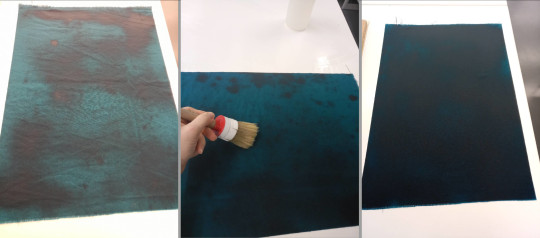
Then I spread the paste on the paper and put it on top of the backside of the fabric, brushed down the paper on top of the cloth with a clean and dry brush to get rid of any airbubbles. Starting in the middle of the fabric and brushing along the long side to the sides to push out the air. Then I gave it a brush down along the short side too. (the slightly brighter stretches of paper on the left are where the air is still caught under the paper, on the right is the paper all smoothed down)
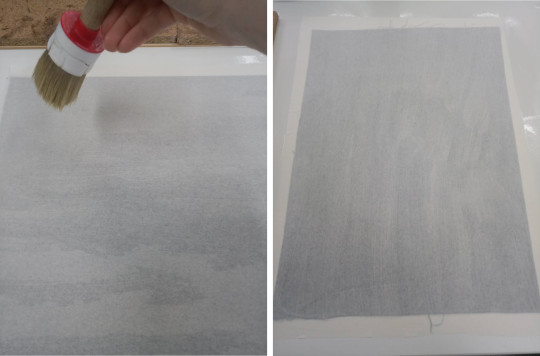
Sometimes I had to lift the edfe of the paper carefully to let out some air or get rid of a too large wrinkle that was building up in the paper.
I weighed the cloth and paper down with blotting paper and blotting board as well as some wooden boards, but only to make them dry faster. In consideration of the table surface I cut only one corner loose after the coth had dried and loosened the rest by running a very flat bone folder all around the edges.
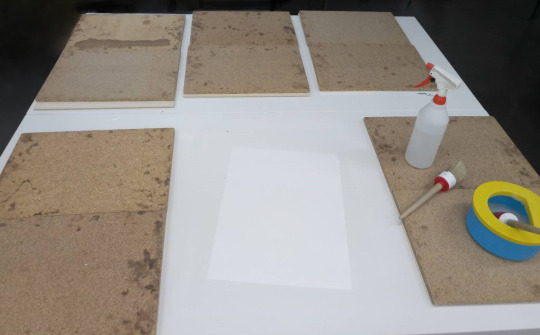
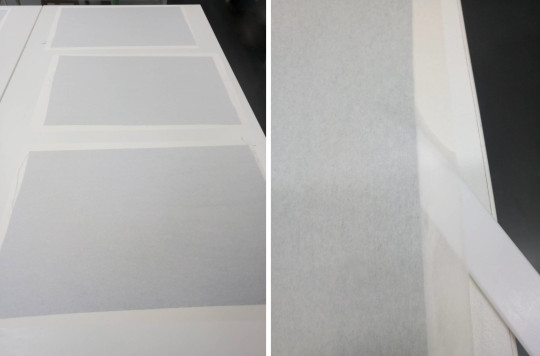
I had great success with the cotton fabric. only minimal bleed through of paste at the edges and a slight smudge in the middle of one sheet.
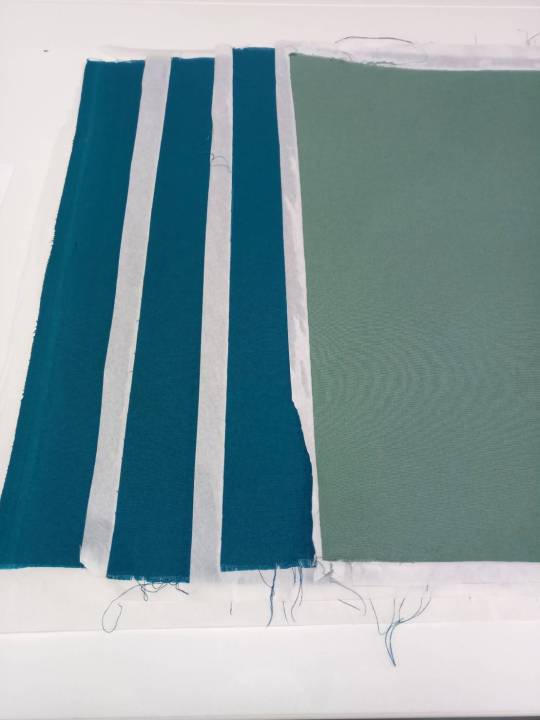
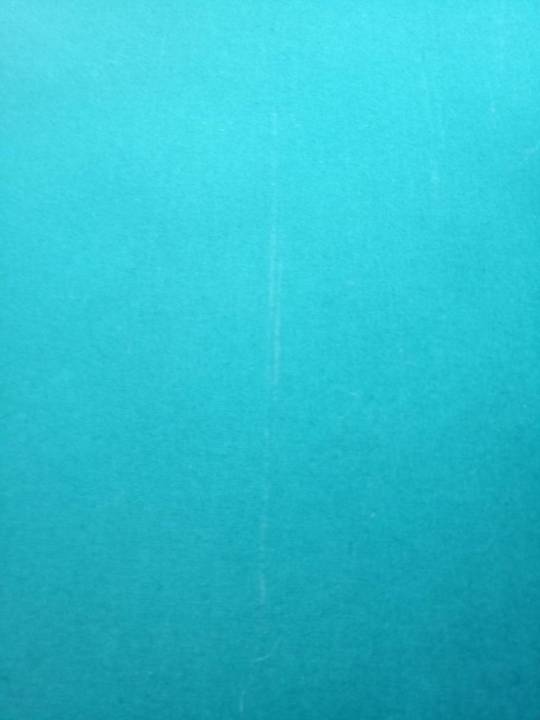
the synthetic fiber... not so much. While others before that one had taken well to the paste, the one with those shades of blue and purple did not. it was a mess to smooth down and apparently not smooth enough. when I pried it loose it was all bubbly and a lot of fabric was not adhered to the paper backing.
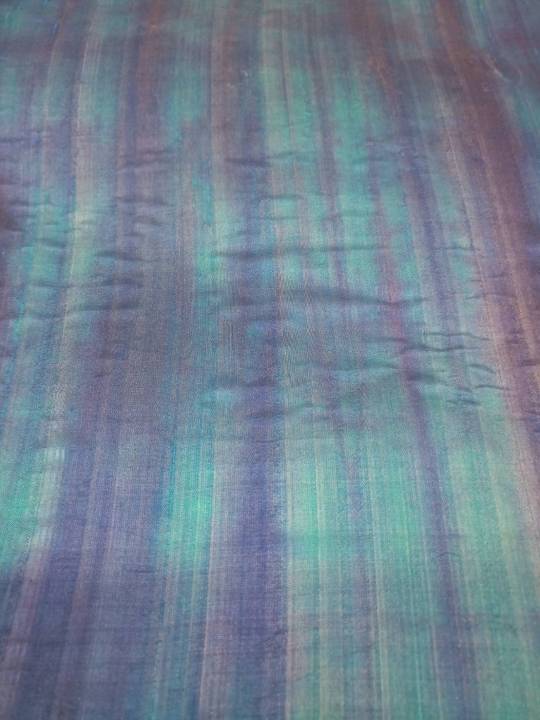
I scrapped that one, I pulled the paper off, washed it out again and this time pressed it while drying, so it would be smooth before the next attempt.
Cleaning up the surface was easy by the way. It was all plastered with dried starch paste, but I simply sprayed it with water, let it sit for a bit and wiped it off. No scrubbing needed at all.
#bookbinding#paper backed cloth#book cloth#making starch paste#cotton cloth#synthetic fiber cloth#again this has gotten more lengthy than I anticipated...
57 notes
·
View notes
Text
1 note
·
View note
Text

A dress made of cotton muslin, gilded metal thread and Indian jewel beetles (sternocera aeqisignata), Britain, 1868-1869 CE. Over 5000 beetle wings or parts of wings were used to decorate this dress.
Now housed at the Victoria and Albert Museum in London.
#reddit#artefactporn#fuckoff555#dress#clothing#fashion#cotton#muslin#gilded metal thread#indian jewel beetles#sternocera aeqisignata#britain#1860s#1800#1868-1869#beetle#wings#victoria and albert museum#green#insects#bugs#british
2K notes
·
View notes
Text
no but genuinely I lose a little more patience for people who won't wear wool, leather, silk, or fur every day that I live in a world where plastic is increasingly the only damn kind of clothing you can find (or the only kind of fabric for sewing, even)
obviously, animal cruelty is horrible. I believe that even industries that rely on the deaths of animals should make their lives as good and their ends as humane as possible. and many of these industries need tighter environmental regulations on their production practices- some of the chemicals involved are highly toxic and ill-controlled at times
but at some point, you have to wake up to the fact that the only alternative we've found to date is destroying our planet
it's all plastic. and plastic is horrible for the world- the environment, humans, and especially animals. how cruelty-free is it to cause mass habitat loss? or climate change that disrupts food sources for those animals on a vast scale? how is that better than the deaths of a relatively small proportion of animals comparatively?
(and don't even start with "but pineapple leather! but cactus leather!" when those are still basically plastic due to heavy plastics use in their production processes. there is currently no non-plastic alternative to most animal-based textile products)
I've always tried to keep in mind that we all have to decide where our line is, that we all consume and there's no way of living in this world that doesn't take something from it. that for me, plastic clothing is to be avoided as much as possible, and for others, animal clothing products are to be avoided as much as possible. that the choice is equally valid
but I'm having a hard time seeing it as valid anymore when it just feels like trying to push the unpleasant part away from yourself so you can pretend your choice has no negative impacts. you're not wearing animal skin (or wool that an animal didn't even die to produce), so surely your way of doing things is better! no animals were harmed in the making of your outfit!
except. they were.
they and all the rest of us.
#fuck plastic#except for medical purposes#textiles#capitalist hellscape#(because companies use 'going cruelty-free' as an excuse to make their entire lineup a cavalcade of plastic)#textile waste#plastic waste#'just wear cotton or linen or hemp!' I mean I do but also#I live in New England#good luck with that when winter comes around#just bought a wool mantle with a fur-trimmed collar (yes it's vintage fur) from a friend and I fully expect to get use out of it soon#I just want to be able to buy Real Clothing (ie Not Plastic)#I can for now but. how much longer will I be able to?
1K notes
·
View notes
Text

#cotton#pink#beautiful#love#divine feminine#fashion#flowers#home & lifestyle#adorable#roses#pink coquette#white coquette#pink obsessed#pink tumblr#pink heart#pink aesthetic#pinkcore#pink blog#comfy#cute#clothes#darling dainties#soft#aesthetic#girly aesthetic#just girly thoughts#just girly posts#just girly things#girly stuff#girly
436 notes
·
View notes
Text
‘You can tell when clothes are bad quality don’t be surprised when your £4 H&M clothes fall apart’ h&m clothes aren’t even £4 anymore!! You’d be hard pressed to find anything other than a scarf for less than 10 quid in H&M!!! Even the cheap fast fashion isn’t cheap anymore and the other day I tried on a skirt that was £125 and it wasn’t even LINED. Meanwhile I’m still wearing my mum’s H&M tshirts from like 20 years ago!! And they probably DID cost next to nothing. Clothing options these days seem to be cheap and terrible quality or expensive and not good enough quality to justify the price. There are no options!!!!!!!!!
#i saw a stupid comment on instagram.#all clothes are plastic now it drives me CRAZY.#can I please get 100% cotton anything. Blease.
251 notes
·
View notes
Text

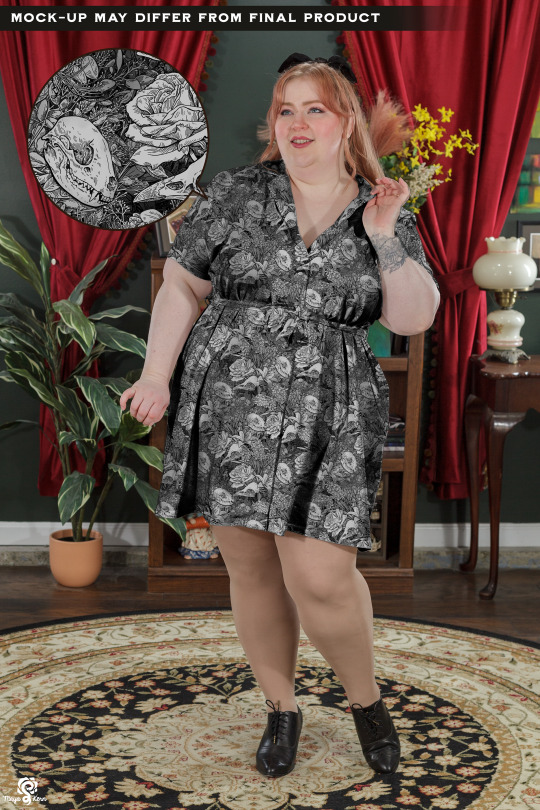

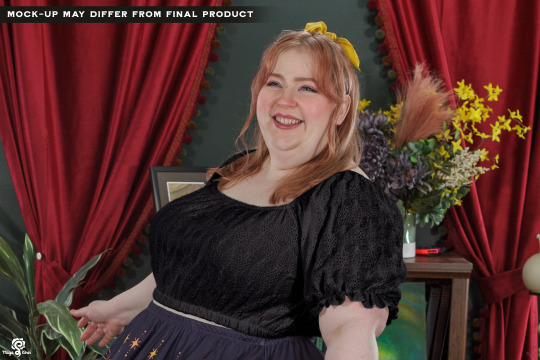
preorders are live now!! ✨
this launch includes our new organic cotton button-ups in our funeral design, our button-up dress in our funeral design, and the picnic crop top in both white and black colors.
preorders will be open until may 12th!
you can get these on my store!
389 notes
·
View notes
Text

prawn cocktail tee by PrawnCocktailMerch
106 notes
·
View notes
Text
egg situation in california is so fked up i havent seen one since mid December of last year and like ya i know i can go find them at like fricking—wholefoods for an entire $15 but also, i don’t want to.
#delete later#i saw them once at trader joes#once#and i didnt buy any#it was a random tuesday lunch#and i thought another day#corporate greed running rampant??????#anyway today i thrifted this $2 silk and cotton blouse#i stood there feeling like i was robbing the place#i get so many nice cashmere items from thrifting#im always like Who! is giving this away#i dont think the thrift store does a good job of pricing#bc ill be finding hundred dollar vases for $10#and like cheap polyester clothing for $20#and then these quality shit for like pennies on the dollar
70 notes
·
View notes
Text
Atem and Yugi going to visit egypt except Yugi insists on wearing his black leathers and Atem is like "you know the only reason that didn't kill you last time is because of my magic bullshit right" and Yugi scoffs at him because "goths never get hot, pharaoh, it's a fact of nature" and then within 15 minutes of being in Cairo he's hunkered in the shade, head in his hands melting from the heat and Atem is standing all smug over him like "so how's that going for you partner"
#yugioh#puzzleshipping#don't worry atem packed extra sets of loose linen and cotton clothes and hats and sunscreen for him
216 notes
·
View notes
Text
if i could get you all to make one change in your lives this year, it'd be to stop buying plastic-based clothing. polyester, satin, and acrylic are all plastic fibers. they pill, don't retain heat, wick and hold in sweat, and fall apart far easier than real fabrics. one 100% cotton sweatshirt will protect you from cold and stay together longer than five polyester ones will. please check the tags on the things you purchase for material!!! cotton ftw!!!!
#100% cotton clothes tend to be more expensive but not unreasonably so#please please please do yourself the kindness of buying clothes that will stay together...#and FUCK POLYESTER!!!!!
60 notes
·
View notes
Note
Hi! So me & my friend (just recently found out abt ur au, love it btw!) were arguing if the mermaids could wear shirts or anything like that; my friend who we'll call... Jackie, thinks certain or all fabrics would hurt/scratch their skin or just uncomfortable. I think they'd be mostly fine, just the matter if they'd ever want to or not. but I think its a bit bias bc I just really want to see mermaid giyuu in that one sweater of urokodaki's mask in an official art. Thanks!


So... the mermaids CAN wear clothing depending on their comfort level. It's just that it looks a little...
#public inquiries#giyuu tomioka#i'll be honest clothing was some of the first things i thought about#when designing the mermaids#and i decided they were all nude#except kanao and nezuko#they would need more synthetic material since cotton and wool would just bog them down#and they can't wear the material over their gills because the cloth will just suction to them when they inhale#also i'm sorry this became a point of argument between you and your friend jackie
55 notes
·
View notes
Text
#Cotton Cloth#Tiger Theme Print Natural Color Handmade#Fabric For#Garment Making ( 5 Yard Cotton Fabric )
1 note
·
View note
Text


Normally I would have saved this for Fakie Friday, but I had to share it IMMEDIATELY.
Please enjoy the insane pixelation on the 2nd photo, that was not my doing
67 notes
·
View notes
Text
I brought the skirt I'm working on to the museum yesterday, to get some hand-sewing done at the desk between tours (a lot of my projects end up being done half-hand and half-machine, because I love working on the train or during downtime at my various jobs). you know, the one made of the God-Tier WoolTM
when I invited my coworker, a 19-year-old student, to feel the fabric- in that "OH MY GOD FEEL THIS!!!" tone -her jaw dropped
she had never felt soft, light- or even medium-weight wool in her life. she previously thought, it turns out, that all wool was coarse, heavy, and itchy. she couldn't stop stroking it with that awestruck look on her face
truly, fuck fast fashion and the modern garment industry. for depriving us of sensory richness in our clothing so thoroughly that most of us don't even know what we've lost
#clothing#fashion#I've handled things in museums that you just can't get today. like at all. or you have to pay the stars and the moon for something#that used to be commonplace#and then you go to Target or even thrift stores and it's mostly just. 500 shades of polyester. plus MAYBE two types of cotton#everything feels like jersey no matter what it's actually made of. nothing has substance or structure#Hell Clothing truly
928 notes
·
View notes
Text
finished the rebinding!!! i’m really happy with how this turned out, very excited to give it to my partner 🗣️🗣️🗣️‼️‼️‼️ original drawing + progress pictures below

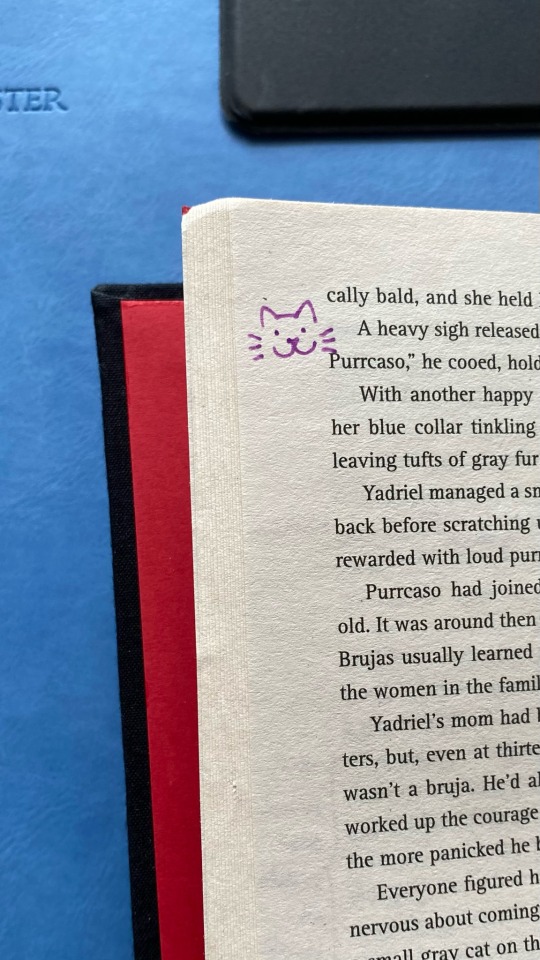
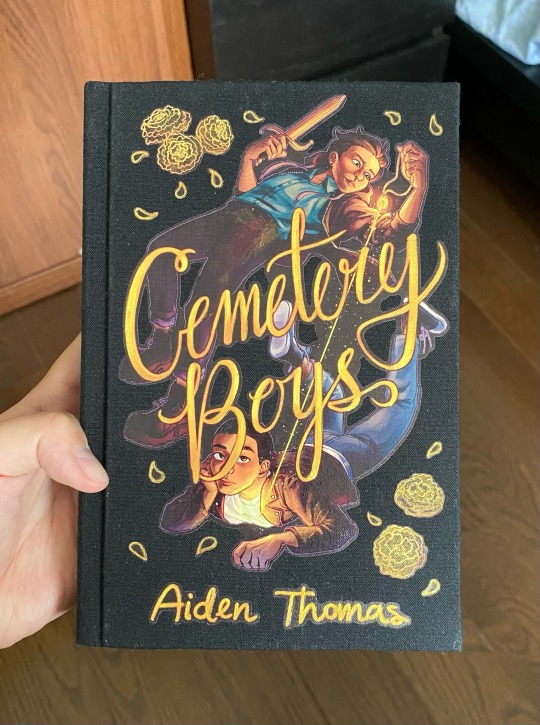
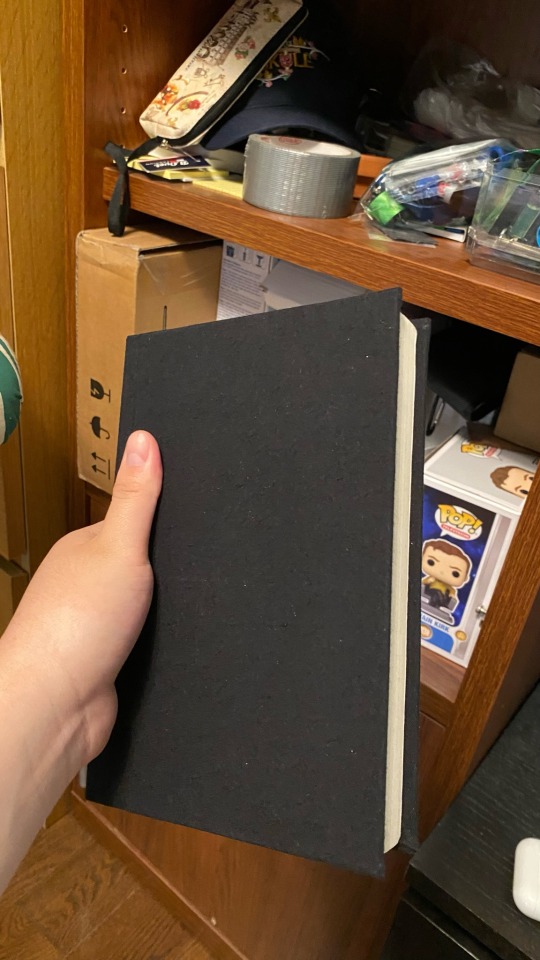
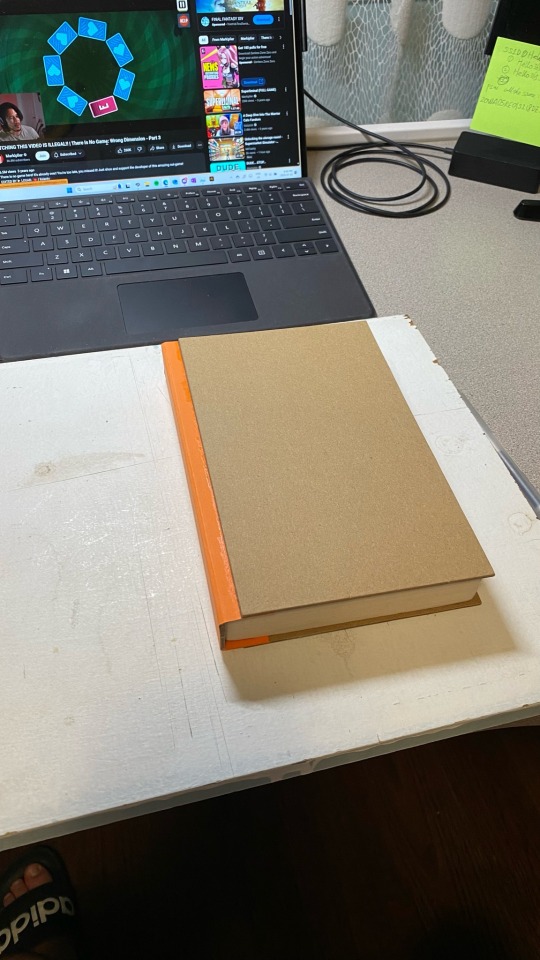

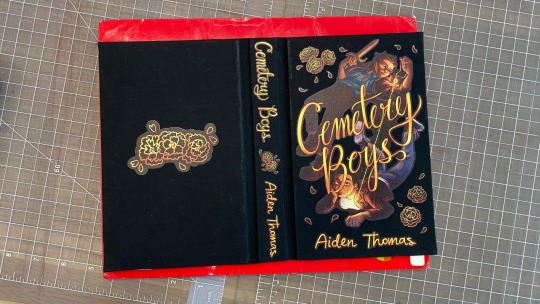
#wherefore art thou#cemetery boys#yadriel vélez flores#julian diaz#ignore the house md playing in the background#had to double check the spelling of ‘Cemetery’ multiple times#mostly followed Abound Bindery’s bookbinding tutorial on youtube! also learned a lot from Nik the Booksmith and DAS Bookbinding#also i can’t remember what channel came up with the idea but i used a glue stick on the back of the cotton cloth. poor man’s bookcloth.
93 notes
·
View notes